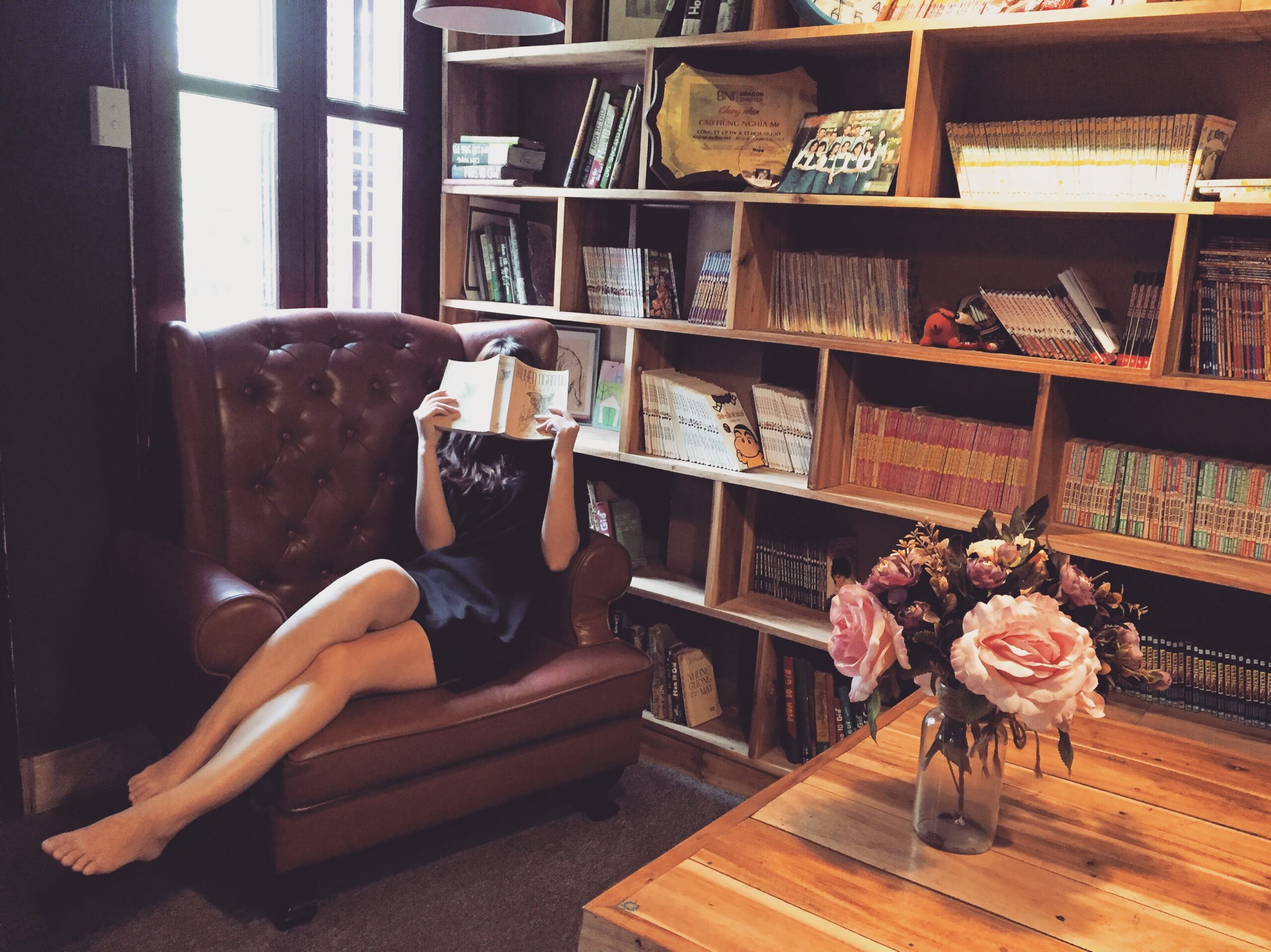Take In The Pomp And Elegance Of Raoul Dufy At This Richmond Museum
Tucked away, three levels up from the Virginia Museum of Fine Art’s fancy headliner sits a small but significant show by the French painter Raoul Dufy (1877-1953).
Looking for the exhibit, it was necessary to ask two different museum employees for directions to the Mellon Focus Gallery. Later, when I inquired in the bookstore about a catalog, the woman behind the counter replied, “We don’t publish books for minor shows. It’s too expensive.”
But the significance of Dufy’s work is not minor, in execution or impact. Unlike many of today’s featured artists, this painter can be appreciated for his whimsical, joyous celebration of life.
The exhibit consists of work produced during Dufy’s visit in June 1930, to the Royal Ascot in Berkshire, England. The thoroughbred horse racing event, still in full glory today, was started in 1711 by Queen Anne who, according to the Ascot’s history page, “first saw the potential for a racecourse at East Cote, declaring that it looked an ideal place for “horses to gallop at full stretch.”
For more than two centuries the Royal Ascot drew England’s rich, titled, and powerful. The event was enjoying its post-World War One heyday when Raoul Dufy arrived to sketch at the paddock rail.
Dufy began his career as a member of the short-lived Fauvism movement. Les Fauves, (the wild beasts) were a group of French painters whose work utilized bold contours and bright colors. A mystified art critic, Louis Vauxcelles contributed to the name. When viewing the paintings at the Salon d’Automne in 1905, he accused the artists of painting “with crazy color, out of their minds- like wild beasts.” Decades later, the movement garnered more positive acclaim. To them, “Color was a sign of vitality,” the art critic Robert Hughes wrote. “The emblem of well-being.”
Following a brief bout with Cubism after 1920, Raoul Dufy began to cultivate his own distinctive style, which included energetic gestural lines and intense, “non-naturalistic” color. The undulating lines and vibrant hues became his trademark, the manner in which he worked until his death in 1953.
Before he was a painter, Raoul Dufy enjoyed success as a printmaker and textile designer. His patterns of bold geometrics and exotic art deco motifs graced the clothing of many famous designers, including Paul Poiret. The famed couturier liberated women from the corset in 1906, invented the concept of the catwalk, and became the first French couture designer to launch his own perfume line.
He also ignited Dufy’s interest in horseracing. Go to the races, Poiret advised, hoping a few days at the track would inspire Dufy to create textile patterns and stationery for his design house. The couturier suggested taking note of the entire scene, horses, riders, and spectators, which is exactly what the artist did upon arriving at the Royal Ascot.
Dufy was enchanted by the fashionable crowd. Women wearing elaborate frocks and men sporting traditional morning dress, waistcoat, shirt with stiff white collar, tie or cravat, and tailcoat with matching top hat. His drawings focus
" Conservative News Daily does not always share or support the views and opinions expressed here; they are just those of the writer."





Now loading...